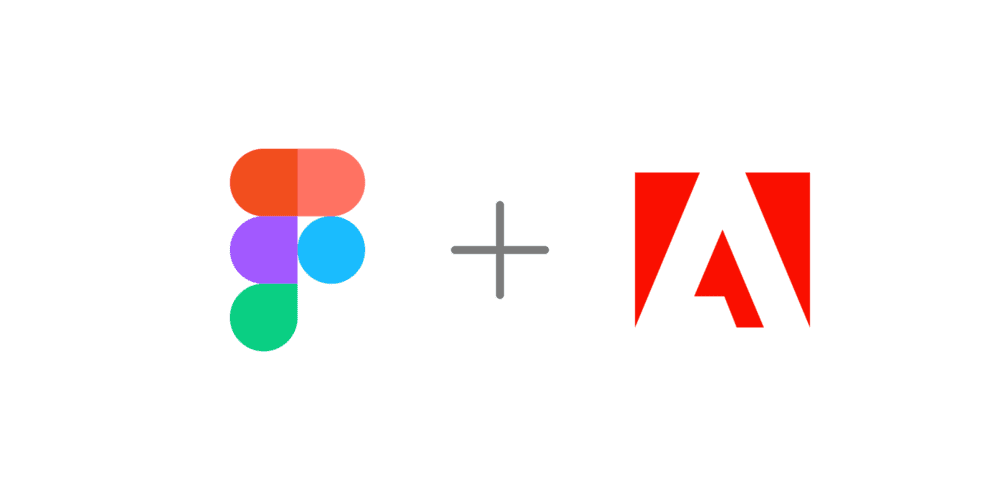In September of 2022, Adobe announced its intent to acquire the popular UX design application, Figma. This sent shockwaves throughout the design community, and many of us are very curious to see how these two design powerhouses come together.

Adobe has been the primary provider of industry standard design software for decades; Photoshop, Illustrator, InDesign, XD, After Effects, and many more. There are a variety of competitors out there, but no single competitor has the breadth of product offering, large user base, or intercompatibility that Adobe and its products have.
But then there’s Figma. Over the last several years, Figma has grown to be a hugely popular UX design program. So much so that many agencies and designers have switched to using Figma entirely for their web, product, and graphic design needs. I myself was a latecomer to Figma and its wonderful qualities, but I’m glad I came around when I did.
Adobe’s primary competing product, XD, does many of the same things Figma does. But most of those things Figma does better and more seamlessly. Many users of Figma were proud of the fact that it was an independent product, not made by Adobe. So that there was more competition and innovation in the design software space. To me, this is the single most important aspect of the whole deal. Many of the innovations and features of the Figma application were only possible because it was created outside of the Adobe ecosystem. Many of these features had been requested by users in Adobe’s apps for years with little to no progress from Adobe.
Adobe made the initial announcement with a blog post and a press release. Figma also announced the acquisition on its blog. This deal is huge news. Not only is Adobe buying one of the most popular independent software developers, but they are willing to pay an incredible amount for it, “approximately $20 billion in cash and stock.” Whoa. That’s almost five times what Disney paid to acquire all of Lucasfilm; Star Wars, Indiana Jones, Industrial Light & Magic, and so much more… granted, that deal was in 2012. But to put that into perspective, Figma didn’t even release its closed beta until 2015. So, in just about seven years, Figma was able to grow its valuation to five times that of Lucasfilm. No matter how you look at it, $20 billion is an insane amount of money.
What’s next for Adobe and Figma? Only they know right now. As of this writing, the deal hasn’t officially closed, and Adobe and Figma haven’t announced specifics for how their tools will be integrated together. (Will Figma and XD merge into one program? Which features of each program will be kept, and which will be removed?) The obvious hope is that the strongest features of each tool will be combined to make a superior product to what each was on its own.
At this point, I choose to be optimistic. Having a set of design applications that all work well together is really handy when working on large design projects. By bringing Figma into Creative Cloud, Adobe makes its suite of design tools even stronger. On the other hand, as I mentioned earlier, I’ve found Figma’s implementation of features more in line with what users ask for and more timely to the needs of the design community. Above all, I hope that Figma’s spirit of innovation isn’t lost in the merger. I don’t think Adobe would invest $20 billion into a product just to squander all of its current and future potential.
As creatives, we use our preferred design tools every day. We rely on them and put a lot of trust in them. So, when they change, it can be jarring. But we adapt; that’s what we do. Let’s hope Adobe’s purchase of Figma turns out to be an overall positive for the design community.
Check out projects we’ve created with Adobe and Figma’s tools.

We love to make cool things with cool people. Have a project you’d like to collaborate on? Let’s chat!
Stay up to date on what BizStream is doing and keep in the loop on the latest in marketing & technology.